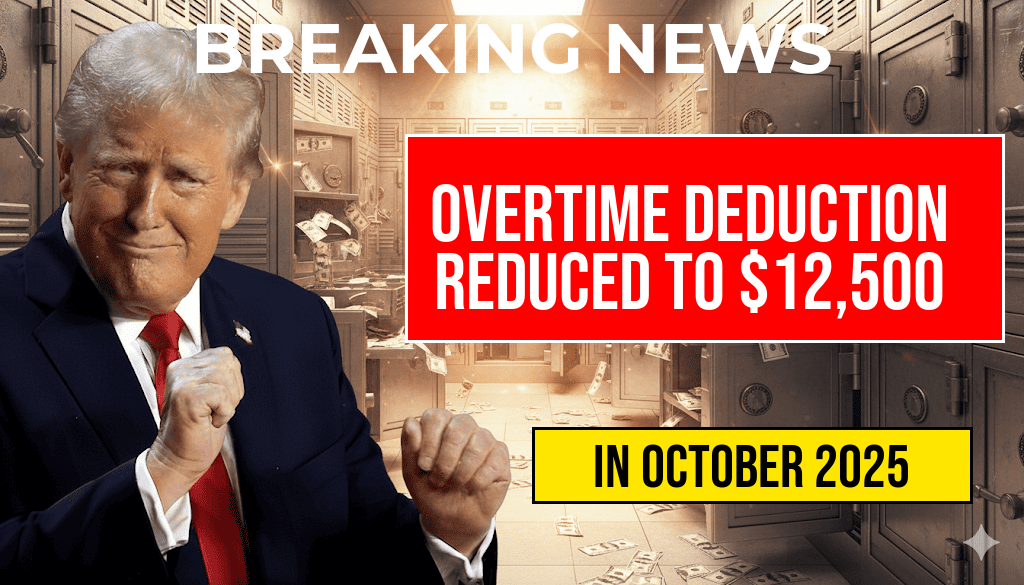Taxpayers across the United States could see an average benefit of up to $3,752 through a recent legislative proposal known as the “One Big Beautiful Bill.” This comprehensive bill aims to overhaul the current tax code by introducing targeted reductions that could significantly ease the financial burden for millions. By consolidating various credits, deductions, and rates, the legislation promises a more straightforward and generous tax system. Experts suggest that if enacted, the bill would not only boost household disposable income but also stimulate economic activity across multiple sectors. Details of the bill’s structure reveal a focus on progressive relief, especially for middle-income families, small businesses, and essential workers. As the proposal moves through legislative channels, stakeholders and taxpayers alike are scrutinizing its potential to reshape tax responsibilities and overall fiscal policy.
Understanding the Mechanics of the Proposed Tax Cuts
Key Components of the Legislation
- Lower Income Tax Rates: The bill proposes reducing the top individual income tax rate from 37% to 32%, alongside adjustments across various brackets to promote fairness and simplicity.
- Expanded Child Tax Credit: The legislation increases the child tax credit from $2,000 to $3,000 per child, with an additional $600 for children under six, directly benefiting families with children.
- Standard Deduction Increase: The standard deduction would rise by $2,000 for single filers and $3,000 for married couples, simplifying filings and reducing taxable income.
- Elimination of Certain Deductions: The bill phases out some itemized deductions, streamlining the tax process while focusing relief on core areas.
- Corporate Tax Adjustments: A reduction in the corporate tax rate from 21% to 18% aims to attract investment and promote business growth.
Estimated Impact on Taxpayers
| Income Bracket | Average Savings | Percentage Reduction |
|---|---|---|
| $50,000 – $75,000 | $2,300 | 10% |
| $75,000 – $150,000 | $3,752 | 8% |
| Above $150,000 | $4,200 | 6% |
These figures are based on modeling by tax analysts and reflect potential reductions for average filers within those brackets, emphasizing the bill’s focus on middle and upper-middle income households. The legislation’s proponents argue that streamlined deductions and lower rates will increase take-home pay, boosting consumer spending and savings.
Legislative Progress and Political Outlook
Current Status and Next Steps
The bill, introduced in the House of Representatives earlier this year, is now under review by multiple committees, including the Ways and Means Committee. Supporters highlight its potential to provide immediate relief amid inflationary pressures, while opponents raise concerns about long-term fiscal sustainability and deficit impact. The Congressional Budget Office (CBO) has begun preliminary assessments of the bill’s budgetary implications, which will influence legislative negotiations.
Potential Challenges and Opposition
- Fiscal Responsibility: Critics argue that the expansive tax cuts could increase the federal deficit by billions over the next decade, potentially undermining economic stability.
- Partisan Divisions: The bill’s scope and scale have sparked partisan debates, with some Democrats prioritizing income redistribution and some Republicans emphasizing growth incentives.
- Implementation Complexity: While the bill aims to simplify tax filings, transitional adjustments could pose initial challenges for the IRS and taxpayers.
Economic and Social Impacts
Analysts forecast that the bill could lead to a surge in disposable income for millions, potentially translating into increased consumer spending, higher savings rates, and expanded investments. Small businesses, which often face complex tax regulations, could benefit from lowered rates and simplified deductions, fostering job creation and innovation. Additionally, families benefiting from increased child credits and higher standard deductions stand to experience notable financial relief, strengthening economic security for vulnerable households.
However, some experts caution that the long-term fiscal effects depend on how the bill is funded and whether economic growth offsets the initial revenue loss. According to studies from institutions such as the Wikipedia page on U.S. tax policy, balancing tax relief with fiscal responsibility remains a complex challenge facing lawmakers.
Public Response and Future Outlook
Public opinion is mixed, with many taxpayers expressing hope for relief while fiscal conservatives voice skepticism. As the legislative process unfolds, stakeholders from business groups to advocacy organizations are mobilizing to influence the final shape of the bill. If passed, the legislation could mark a significant shift in tax policy, potentially setting the stage for future reforms aimed at simplifying the tax system and promoting economic growth.
For more detailed insights into current tax policy debates, visit Forbes’ coverage of fiscal policy or consult official government resources at IRS.gov.
Frequently Asked Questions
What is the main benefit of the “One Big Beautiful Bill” discussed in the article?
The main benefit is that it can help you save $3,752 on your taxes, significantly reducing your overall tax burden.
How does the bill propose to cut my taxes?
The bill introduces tax cuts and credits aimed at lowering your taxable income and increasing your deductions, leading to substantial tax savings.
Who can benefit most from the “One Big Beautiful Bill”?
Individuals and families with higher incomes or significant deductions are likely to benefit the most, as the bill is designed to maximize savings for those who pay more in taxes.
Are there any eligibility requirements or income limits to qualify for these tax savings?
The article details specific eligibility criteria and income thresholds that determine whether you qualify for the tax cuts and benefits offered by the bill.
How can I take advantage of these tax savings when filing my taxes?
To maximize your tax savings, ensure you understand the new deductions and credits introduced by the bill, and consider consulting a tax professional to optimize your filings.







